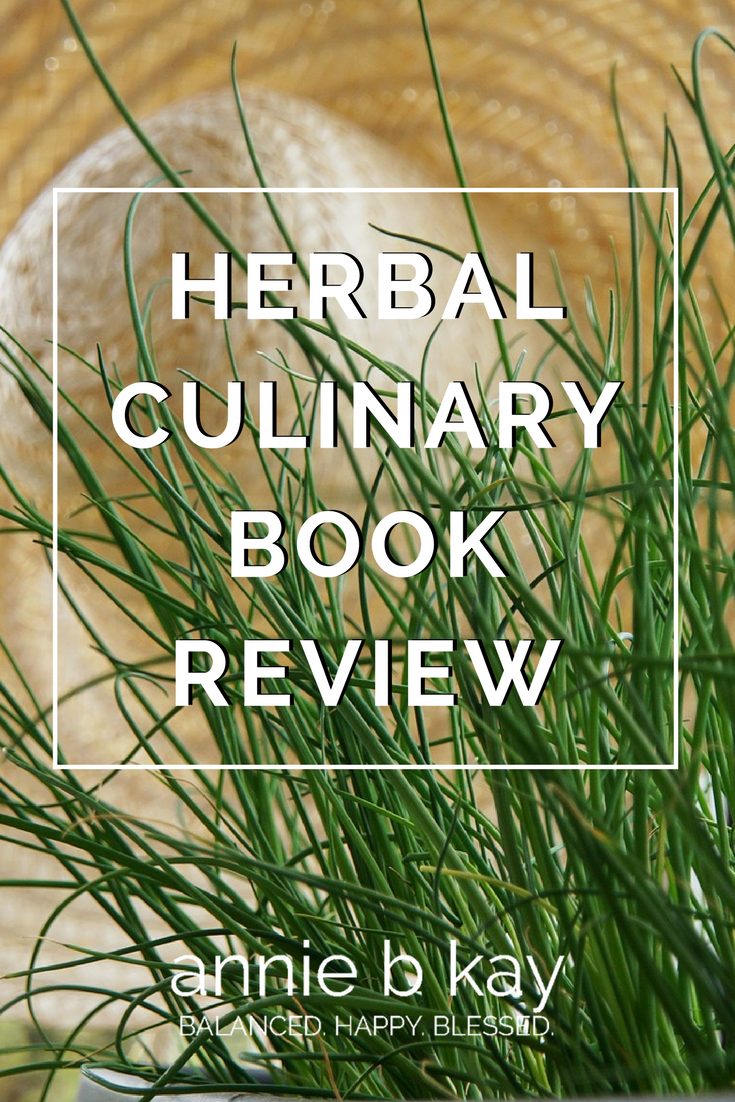
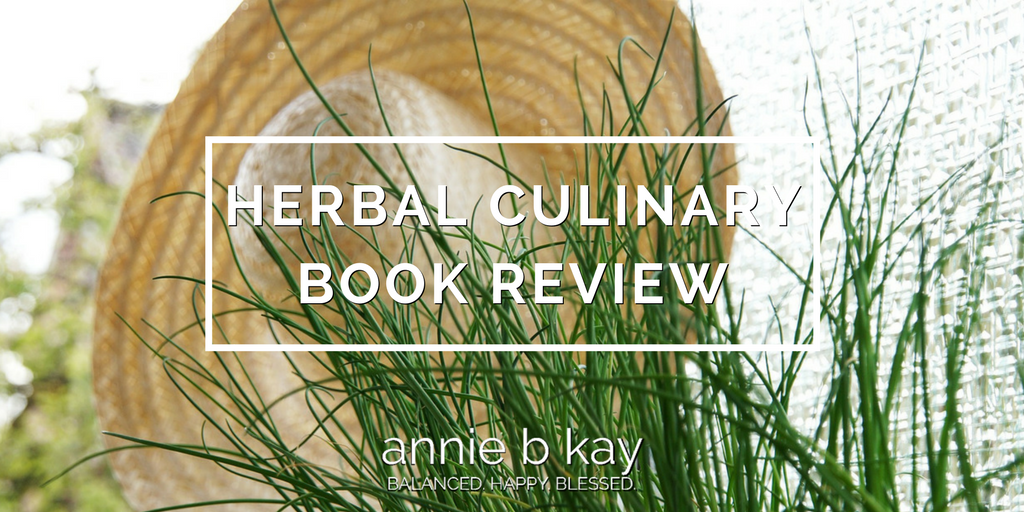
Do you have a friend who cooks like an angel, is both well educated and down to earth, and has just written her first fantastic book? Me too! Full disclosure, this author is a friend and colleagues. I would not, however, steer you wrong, and Brittany Wood Nickerson is a fresh voice with a truly beautifully handy offering.
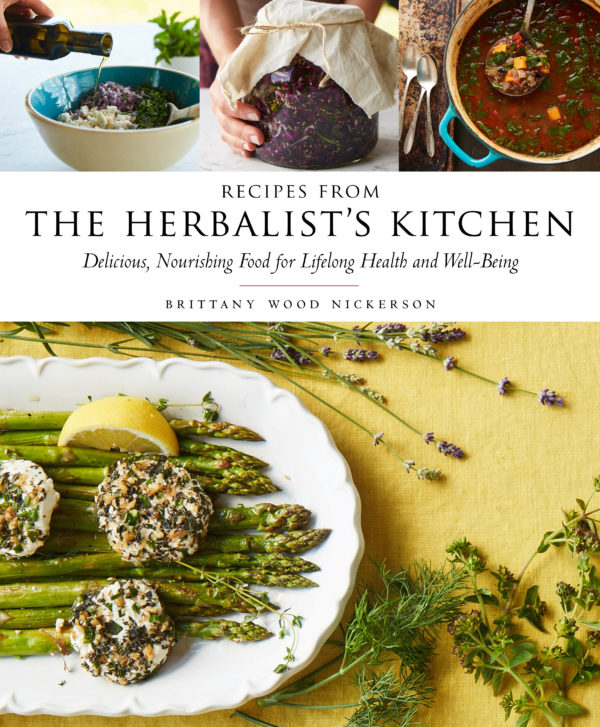 Recipes from The Herbalists’s Kitchen: Delicious Nourishing Food for Lifelong Health and Well-Being is gorgeous, and, as the best cookbooks are, is an extension of the author. When I read Brittany’s thoughts on food as medicine and the home herbal kitchen, it’s as if I’m there in her garden, being lovingly served delicious morsels in the sun. I kid you not, she’s that good.
Recipes from The Herbalists’s Kitchen: Delicious Nourishing Food for Lifelong Health and Well-Being is gorgeous, and, as the best cookbooks are, is an extension of the author. When I read Brittany’s thoughts on food as medicine and the home herbal kitchen, it’s as if I’m there in her garden, being lovingly served delicious morsels in the sun. I kid you not, she’s that good.
Ms. Wood Nickerson takes you into modern day herbalism. She dries flower and herbs, makes vinegars and pickles and makes it all seem as natural as – well, as I imagine it was to great-grandmother. Brittany has her own herbal online training and offers an apprenticeship in home herbalism that has many happy alums. Check it out!
The hardcover, 303-page book bursts with 4-color photos of scrumptious snacks, entrees, drinks and desserts designed to meet the body’s needs for comfort, nourishment, energy and seasonal support. Specific herbs are introduced along with their medicinal use, and readers are shown how herbalists make tinctures, vinegars, herbal honeys and other herbal folk medicines that happen to be delicious and effective.
The culinary perspective is ancestral, so includes meat and other animal foods, baked goods, and natural sweeteners as well as bountiful fruits and vegetables and, of course, herbs.
Ready to be inspired by a fresh approach to traditional herbal cooking and healing? Recipes from The Herbalist’s Kitchen introduces you to a truly endearing expert, chef and healer, and a collection of inspiring seasonal fare.
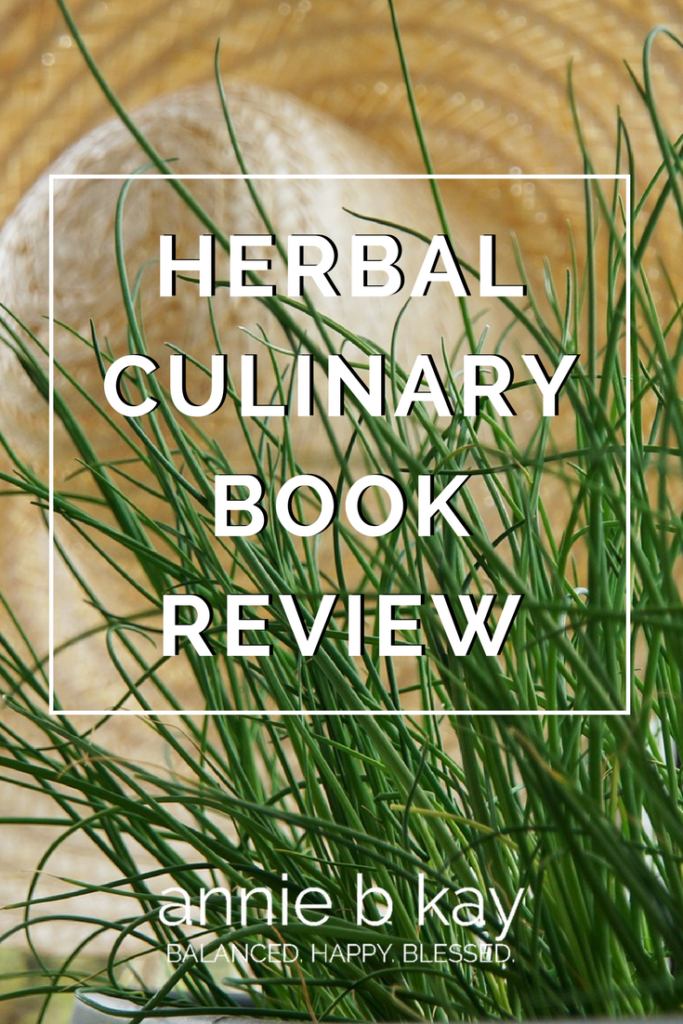
Pinterest

 Updated: 5/16/2023
Updated: 5/16/2023
How many of you, when you look at how I describe myself, say to yourself “What the heck is plant alchemy?” Come on now, I know you do.
What Are Alchemists?
Alchemists were the scientists of the 16th century. They were a fascinating lot – a little scientific, a little more than a little out there. While they were the doctors and healers of their time, their obsession was transformation, most famously, the preoccupation of how to turn lead into gold.
Modern Day Alchemy
Alchemy today embraces the science, art, and spirit of healing. So, as a plant alchemist, I stay up on the science of plant-based diets for health, and the advantages and disadvantages of eating in this way. I also embrace the art of plants – of growing, cooking and living with plants, learning from them as they are our ancestors. I love herbalists and Ayurveda practitioners, as well as clinical nutritionists and naturopaths. Then, there’s the energetics of plants and nature. I’ve been diving into how we can use plants as an entree into ecstatic healing, and the many medicinal plants, including the astounding array of psychoactive plants as well as the much less dramatic, ones available to us for health and healing.
So, that’s plant alchemy, and that’s what I do – the science art and spirit of green beings. It’s very very good work if you can get it.
Energy Hygiene Practices
Within plant alchemy, energy hygiene has made a big difference in my life and I teach it all the time. For years now I’ve been doing a daily smudge with Paulo santo (a wood from South America) and I’ve fallen in love with the ritual and of course, I love love that beautiful smell. The smudge, wherein I light a piece of wood and scrub my energy body, is the greeting of the day “Hello tree, good morning stones, hi birds.” I then move my spine and undertake some fiery belly pranayama practice – stomach pumping, fire breath, a “take the whole thing and lift and throw it over your shoulder root lock” (or subtle version – a fine thread lifting version) – depending on my needs and the season. I give thanks, I make blessings, then move on with my day. In the shower, I have flowers or plant matter whenever possible, and as I shower I intentionally clear my energy field. Often, I will head outside to stomp around barefoot, grounding. All these practices – the daily fare of clearing and charging my energy field – are energy hygiene practices.
We modern humans can learn how to live our days in harmony with the earth and with nature. The earth and nature are changing, destabilized, and we feel it at our very cores. We can learn how to navigate that – how to ground ourselves when we need it, how to charge ourselves when we need it – by learning the skill of energy hygiene.
Learn more:

Pinterest

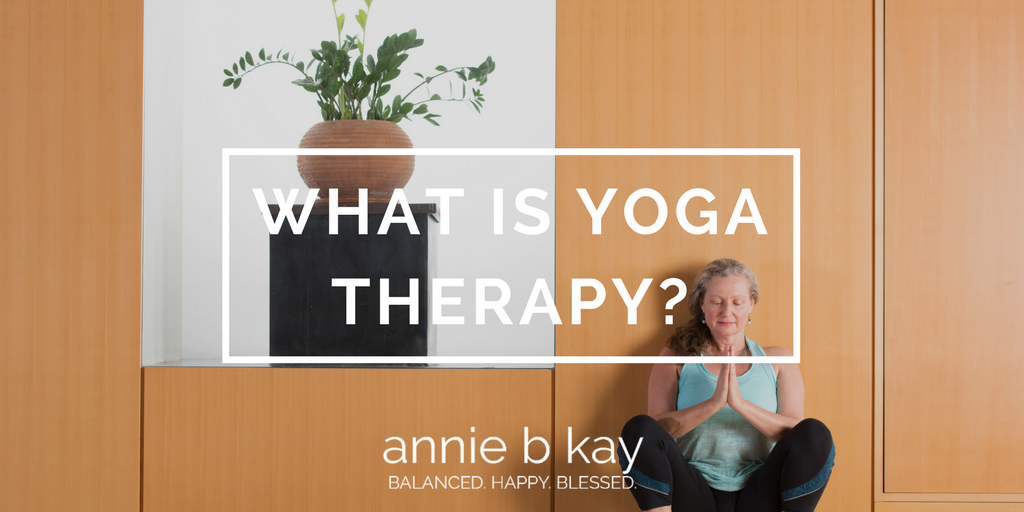
…and can it help me?
Pull up a chair and let me tell you the story of professional yoga in America over the last few decades and I will tell you what yoga therapy is and if it can help you.
Twenty years ago when I first began my own yoga practice, no one would have thought that yoga would be where it is now. Yoga has had more than its share of moments in the spotlight. That’s in no small part to the way that Western science has recognized the unique gifts that yoga practice bestows – so, the mechanisms by which yoga does what it does are being elucidated and at a furious clip. The field of yoga is doing its best to become more professional, so standards are evolving and certifications are on the rise. Thus it is with the International Association of Yoga Therapy (IAYT). They’ve recently offered a certification in yoga therapy, the C-IAYT, which I was grandparented into. The Yoga Alliance (YA) has stated that simply having an RTY does not adequately train you to offer yoga therapy to those with medical conditions.
Yoga is a multi-dimensional practice, and that’s what makes it so therapeutic when used skillfully. It has the physical posture practice that you have seen – the triangle, the warrior, the headstand and so forth. It has a mental aspect to practice – you focus your mind in a particular way inside your body as you practice, releasing the lists of to-dos and the relitigating of the past that is so common in our every day distracted minds, and instead, we are invited to be absorbed in the sensations within. And, there is a breath or energy aspect of it. You use your breath in particular ways with particular aims in mind.
All of these aspects of yoga are going on at the same time. In yoga therapy (YT), we take advantage of what each of the multi-dimensional aspects of yoga can do, and we apply them within an evidence-based framework. For me, it’s within a Medical Nutrition Therapy (MNT) framework. MNT is an evidence-based approach to nutrition to address health issues. I use YT too, for example, to address constipation by creating more space in the torso with breathing exercises, self-massage, and inversion postures. These techniques are added to the foods, fluids, and herbs Western science suggests can be helpful to resolve the issue.
Can YT help you? The short answer is if you are seeking lifestyle medicine to address a health condition, then yes, YT can be part of that program. Yoga can help support positive change, help us learn to move more skillfully, and provide us a philosophical framework through which to become our most skillful, kindest, most compassionate selves.
YT is a set of tools for use within my licensed nutrition practice. I hope to share with nutritionists and with yoga teachers my approach to blending these two sciences in a teacher training program. But, one step at a time. In the meantime, I’ll be offering YT-MNT in my telehealth practice opening in September.

Pinterest
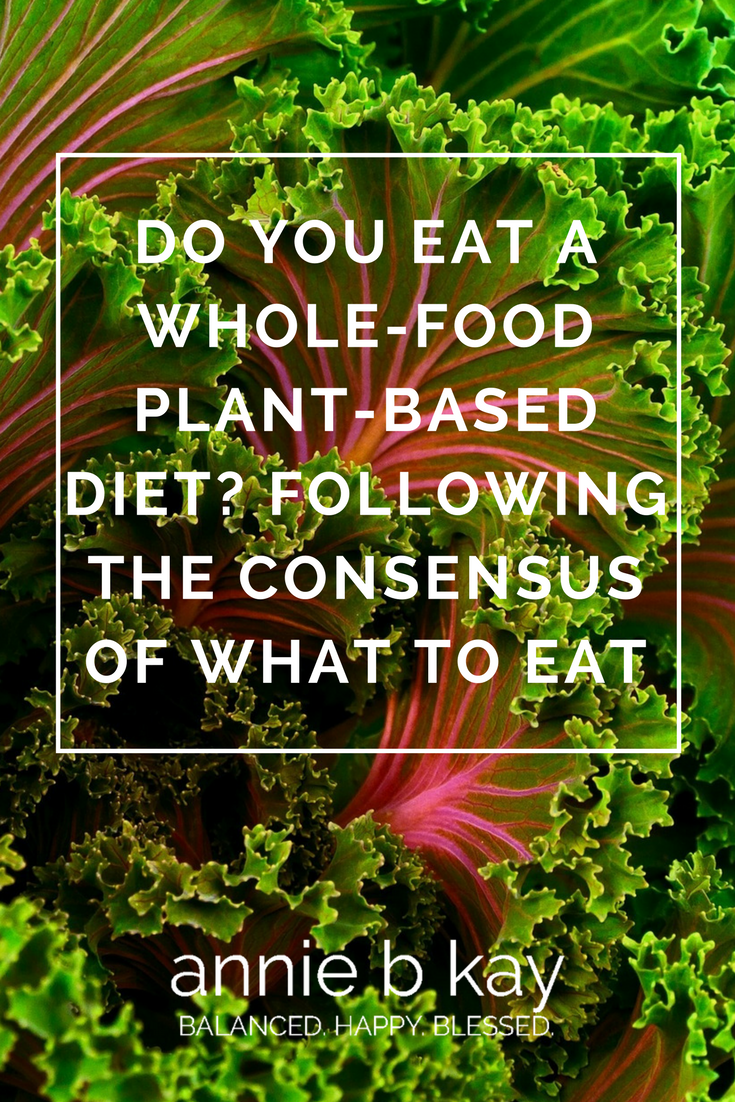
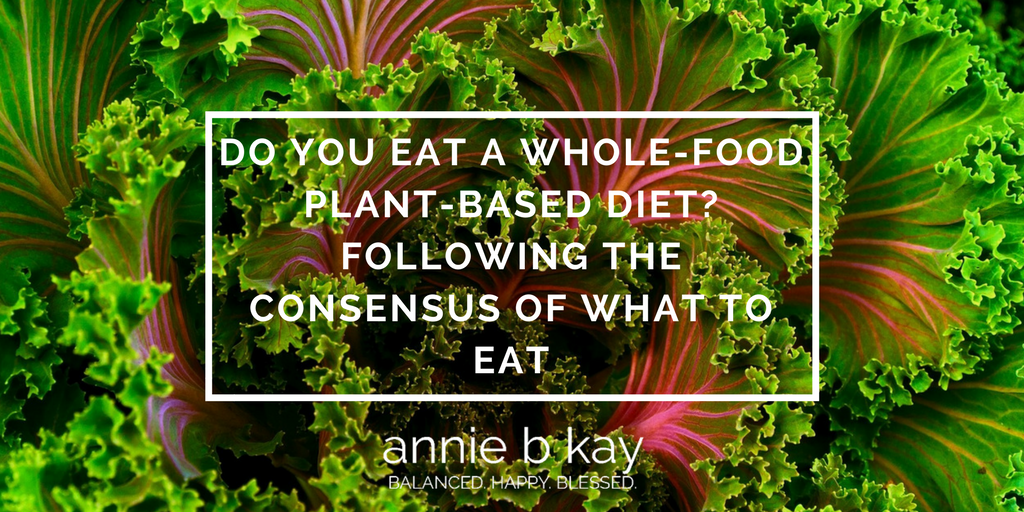
So, you’ve heard that the Mediterranean diet is healthy. You have a friend who lost big-time weight following Paleo. Or maybe South Beach Diet, or Eat Right for Your Type, or Ayurveda have peaked your interest.
All of these diets, if followed in their healthiest version, have whole food plant-based eating at their core. All of these diets kick processed foods to the curb. All of these diets are built around plants. All of these diets, at their best, speak to food quality.
So, just what is a whole food, plant-based diet?
Let’s begin with the plant piece. The Centers for Disease Control (CDC) do a good job of defining a plant-based diet. Remember 5-a-day? That was a program that was around for decades, promoting fruits and veggies, and suggesting we eat 5 servings daily. The website used to be www.5ada.gov. Well, the website is now www.fruitsandveggiesmorematters.org. That’s because the CDC has boosted its recommendation to 9-13 servings for most adults. What’s a serving? About a half-cup, or a tennis-ball sized serving (for salad greens, a serving is one cup).
If that recommendation gives you gas just thinking about it, well, breathe and send relaxing love into your nervous belly!
All you need to do, and the only question that really matters for you, is where are you now (how many servings do you take) and how can you increase that by one or two servings? The CDC’s long-winded website has lots of good and simple ideas.
Envisioning that pile of tennis balls made up of fruits and veggies eaten through the day will give you the picture of what a plant-based diet looks like.
OK. How about whole food?
Whole food has minimal processing from the earth to your plate. Generally, the more someone does for you between those two points, the more refined a food is. And generally, the more refined a food, the more calorically dense, nutrient devoid, low fiber, and of poor nutrition quality it is.
The food industry is beginning to change, and I am seeing an increase in packaged foods that are more healthful. But packaged foods remain confusing, and overall, process foods remain less than whole counterparts. For me, it’s a matter of trust – big food, while it is changing, still puts profits first, nutrition second – I don’t think that has changed. So I tend to be wary.
How do you identify processed food? Boxes. Wrappers. Plastic. Labels. You’ll find whole foods in the produce section, the meat and fish sections, and the dairy section of your grocery store. With so much of our food handled for us, getting to 100% whole is probably not necessary. Remember, the goal is to minimize unhealthful chemicals and retain the natural nutrition of your food to support your health.
Be well.
Learn More:
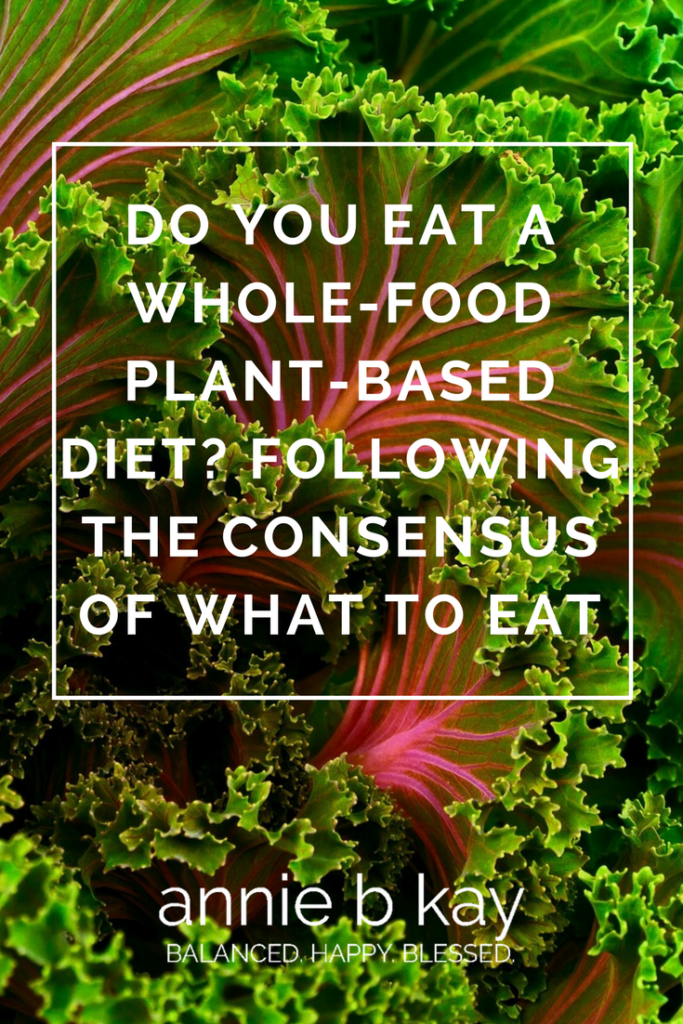
Pinterest
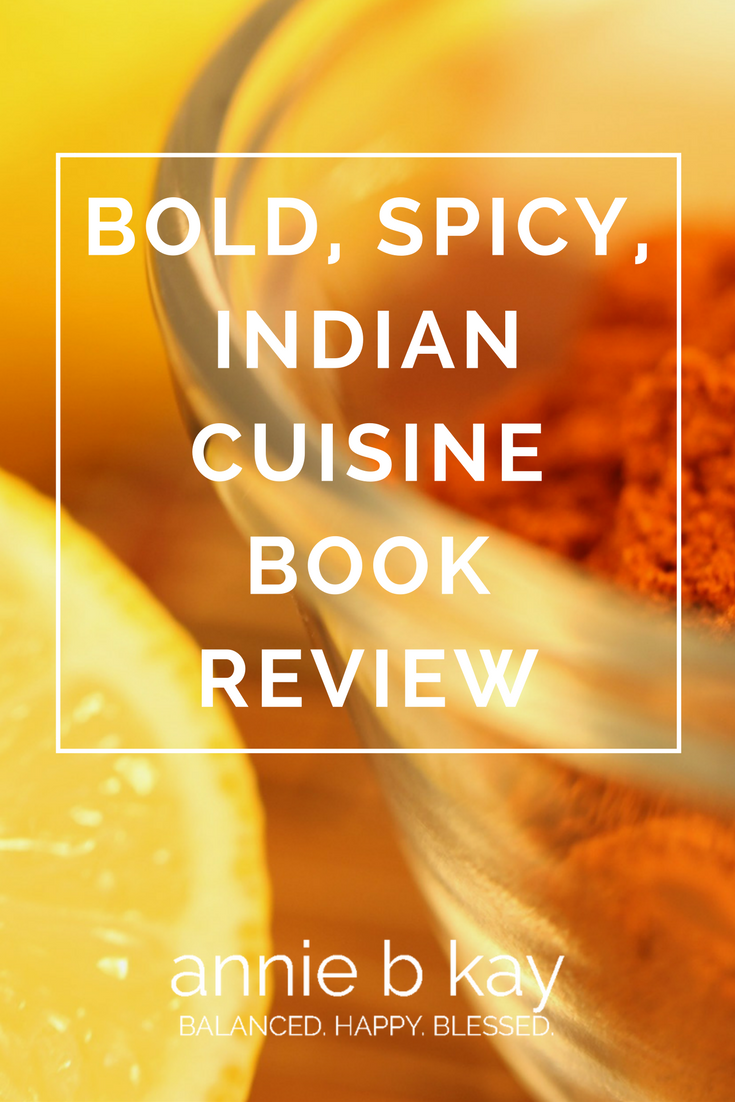
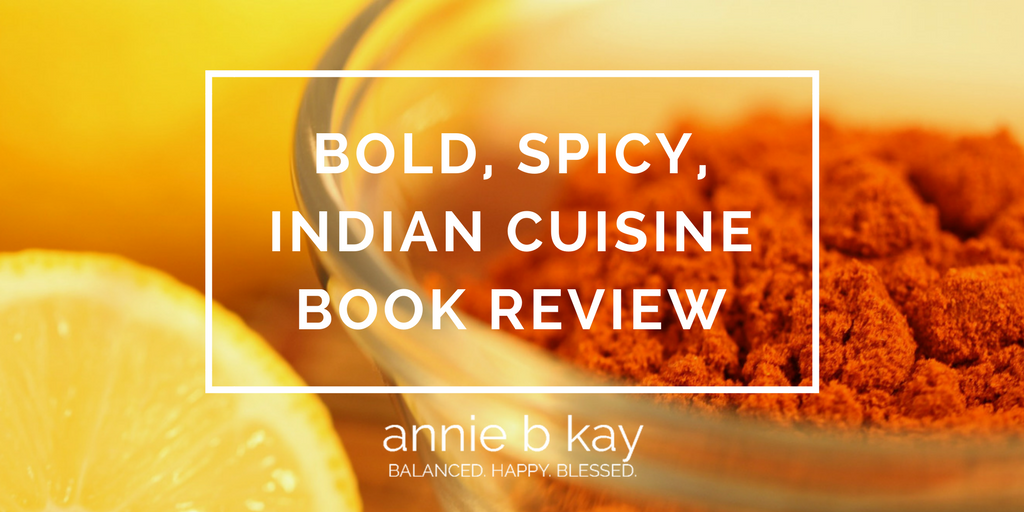
I’ve worked at Kripalu (the largest yoga center in the country) for seven years, so I have enjoyed my share of Indian food. I love the flavors of India – spicy curries, sweet-piquant chutneys, yogurt and lots of creative plant-based proteins. Indian cuisine in its original form is naturally healthful – filled with plants (often vegetarian) and aromatic spices.
I also love the work of the American Diabetes Association (bias alert – they published Yoga & Diabetes, which I co-authored). They have put together a collection of beautiful cookbooks that reflect a fresh range of ways of cooking and eating for health. If you have not yet looked at their growing collection – check them out! You don’t have to have a diabetes diagnosis to enjoy them – they are simply accessible healthful fare for everyone.
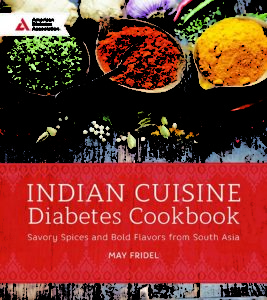 May Abraham Fridel’s Indian Cuisine Diabetes Cookbook has an authenticity and accessibility that are the hallmarks of a great cookbook. It practically smells like cumin – must be the beautiful red-brown of the two-color interior and beautiful four-color photos of select dishes. If you love the smells and tastes of India food and want to bring a bit of that into your own kitchen, this is a book for you.
May Abraham Fridel’s Indian Cuisine Diabetes Cookbook has an authenticity and accessibility that are the hallmarks of a great cookbook. It practically smells like cumin – must be the beautiful red-brown of the two-color interior and beautiful four-color photos of select dishes. If you love the smells and tastes of India food and want to bring a bit of that into your own kitchen, this is a book for you.
The book begins with an overview of the philosophy behind India cooking, including the ancient nature-based wisdom of Ayurveda, a sister science of yoga.
There is a Spice Guide, a Pantry List, and some How-To Recipes to introduce you to the staples of healthful Indian Cuisine.
This is the book I will consult the next time I make Dal (spiced lentils). There are three easy tasty recipes and tons of advice to guide me. There’s a healthy version of my favorite Indian dish, Palak Paneer (cheese in spinach sauce) – this one uses tofu instead of cheese and skips the heavy cream that often turns that healthy sounding dish into something that while filled with nutrients is also calorie-dense. There is a chapter on street food and one on elegant dishes, a chapter on curries, a chapter on grilling, a chapter on Indian flatbreads, one pot meals, sides including slaws and salads, and drinks (I love me some lassi – India’s yogurt smoothie).
Ms. Friedel is a food literacy advocate, philanthropist and the founder and CEO of an organic spice company (www.passionforspices.com). She clearly knows of what she speaks when it comes to the flavors and spices of India.
I’m grateful for her offering, happy to add it to my cookbook shelf and look forward to continuing to sample and to learn about Indian cuisine.
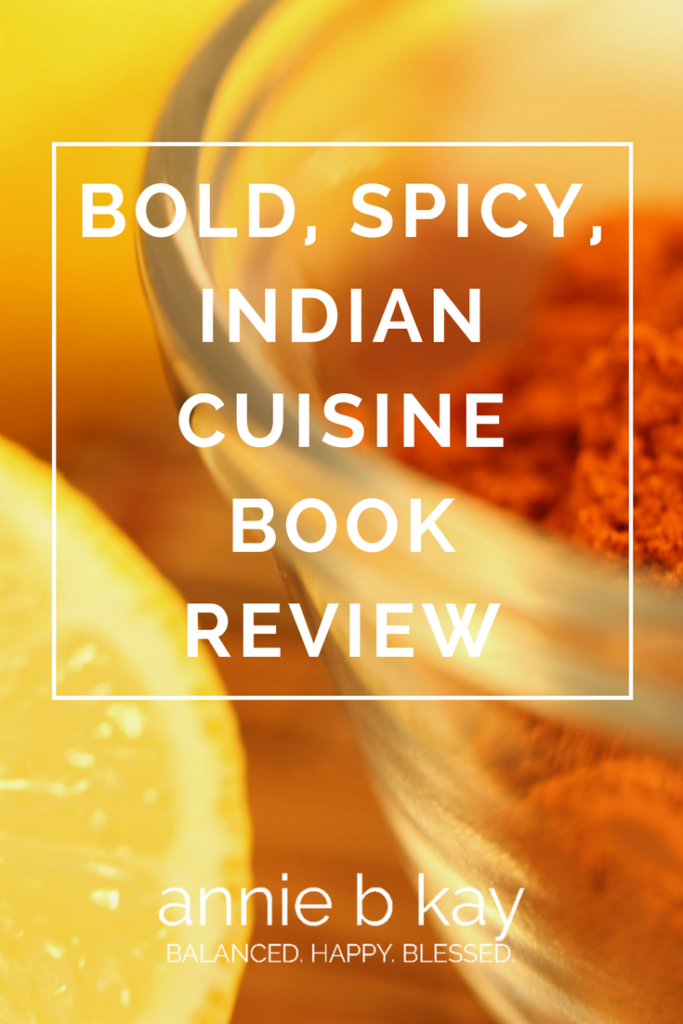
Pinterest


 Recipes from The Herbalists’s Kitchen: Delicious Nourishing Food for Lifelong Health and Well-Being is gorgeous, and, as the best cookbooks are, is an extension of the author. When I read Brittany’s thoughts on food as medicine and the home herbal kitchen, it’s as if I’m there in her garden, being lovingly served delicious morsels in the sun. I kid you not, she’s that good.
Recipes from The Herbalists’s Kitchen: Delicious Nourishing Food for Lifelong Health and Well-Being is gorgeous, and, as the best cookbooks are, is an extension of the author. When I read Brittany’s thoughts on food as medicine and the home herbal kitchen, it’s as if I’m there in her garden, being lovingly served delicious morsels in the sun. I kid you not, she’s that good.












 May Abraham Fridel’s
May Abraham Fridel’s 

